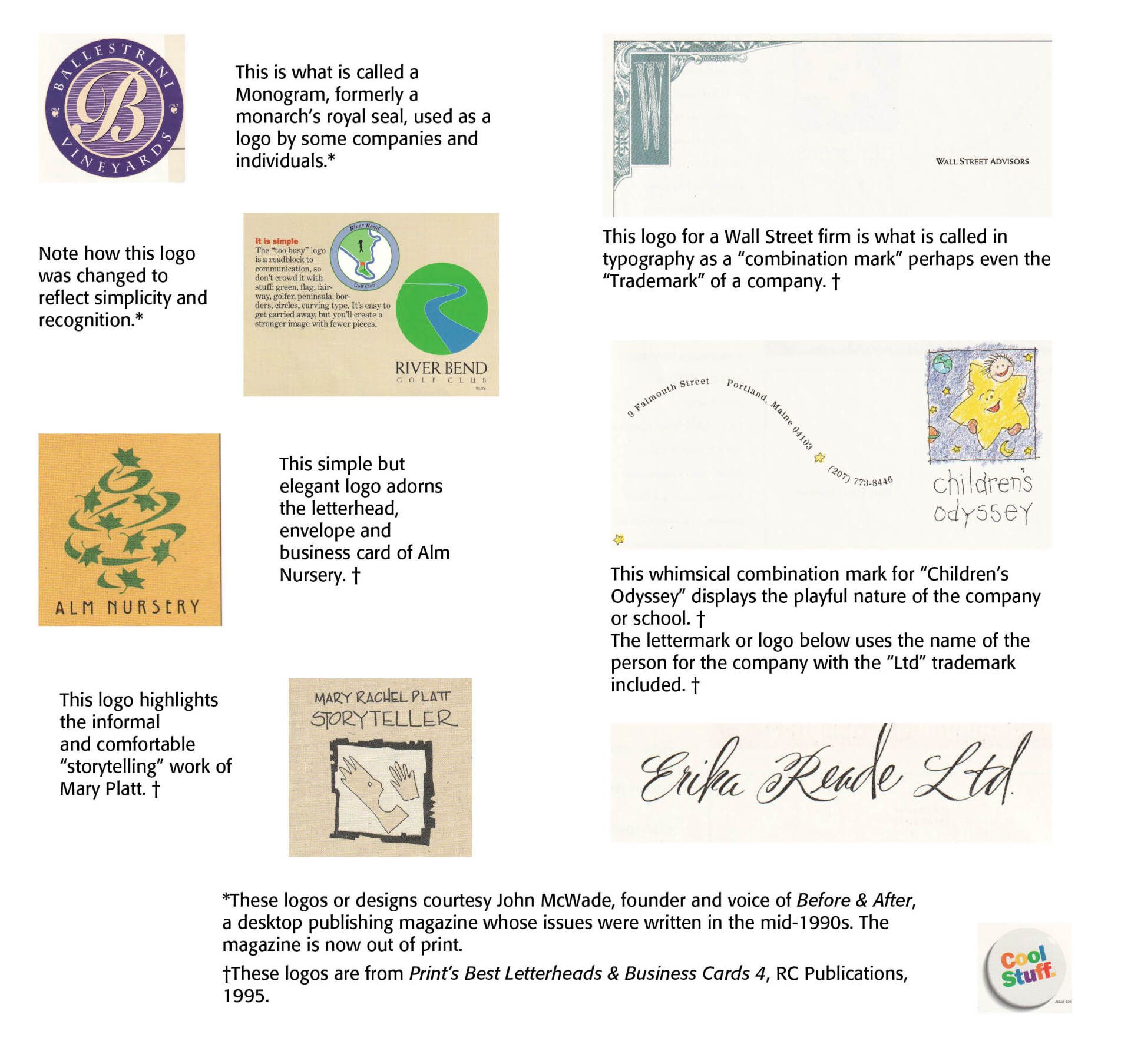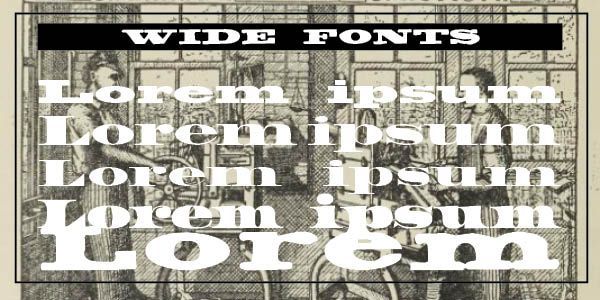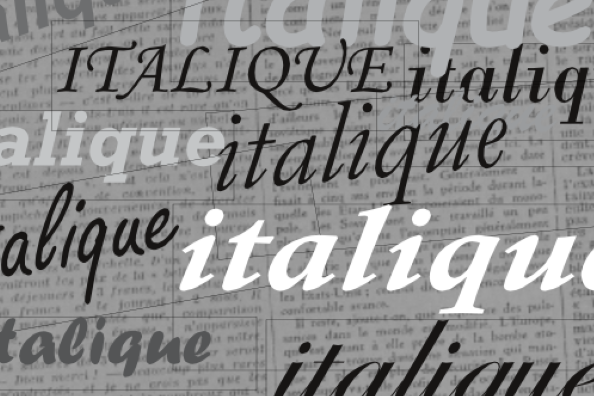All About Logos
I like and resonate with what John McWade said to us novice designers in the magazine he founded and edited, "Before & After," in the 1990s — "Learn typography. In my years of reviewing the portfolios of college graduates, I've seen most consistently a weakness in handling type. Type is the voice of the printed word, and your greatest tool. Learn it well. If you're learning on your own I suggest you study the typography in major magazines. Pay attention to the ads. Watch for type selection, size, spacing, position on the page, relationship to other type, contrasts and so forth. Duplicate what you see." (Before & After, Vol. 4. No. 6, 1995) His most ardent desire was for us to practice craftsmanship, which he reflected in the pages of these issues of Before & After. If you can get hold of them, prize them, study them and reflect on the craftsmanship in them.
He left nothing to sloppiness or a truncated view of typography. In his remarks about logos, he wrote — "In graphic design parlance, the word marks properly refers to the broad group of designs that are used as corporate signatures. Marks without type are called symbols, but symbols used to communicate (like in traffic signs and on restroom doors) are really pictographs. When marks are wholly typographic, they can be either lettermarks, which are usually initials or abbreviations, or logos, which may be entire words or the company name. When symbols and logos are used together, they are referred to as combination marks. And when any of the above are registered and protected by law, they are referred to as trademarks." (Before & After, , Vol. 5, No. 3, 1996, p. 5)
You can see some of these logos below in the sample.

Successful Layout & Design



